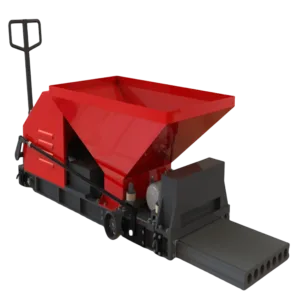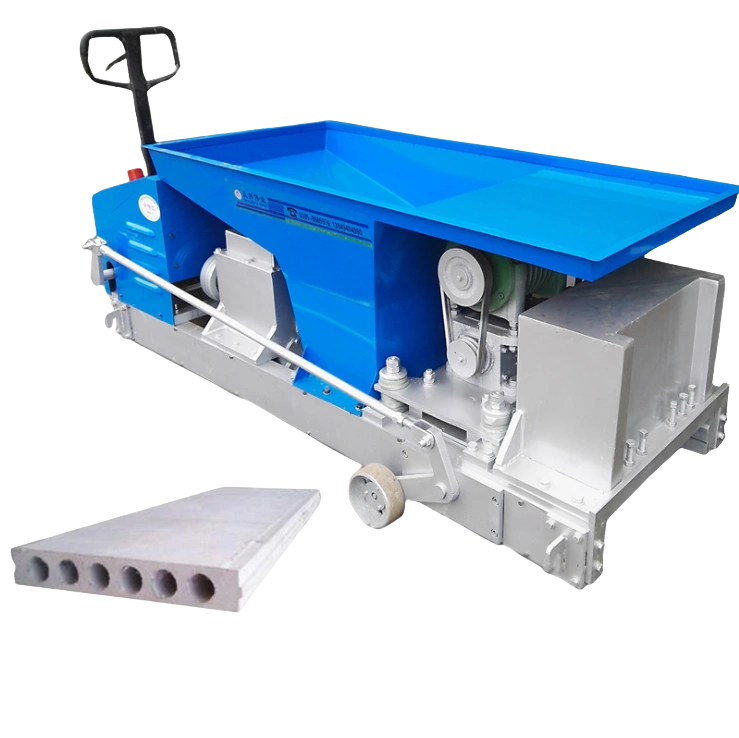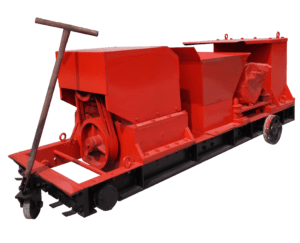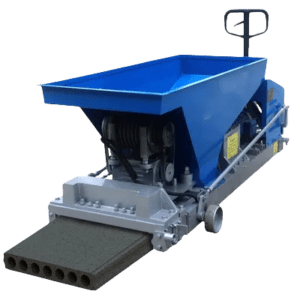How Extrusion Technology Revolutionizes Precast Concrete Slab Manufacturing
Precast concrete slabs are fundamental components in modern construction, offering efficiency, durability, and design flexibility. Central to their production is extrusion machinery – a cornerstone of advanced precast concrete manufacturing equipment. This article demystifies the working principles of extrusion-based slab production.
1. Core Equipment: The Precast Concrete Extruder Machine
Extruders belong to the category of máquinas para betão pré-fabricado designed for continuous, high-output slab formation. Key components include:
- Steel Strand Guidance System: High-tensile steel strands are tensioned along the casting bed as reinforcement skeletons, ensuring structural integrity.
- Auger Conveyor & Hopper: Pre-mixed concrete is fed into the hopper, where rotating augers force material through a shaping mold with controlled density.
- Integrated Vibration Plate: High-frequency vibrators compact concrete, eliminating air pockets and achieving optimal density.
2. Step-by-Step Manufacturing Process
(1) Pre-Tensioning Reinforcement
Use a hydraulic tensioning machine to tension the steel bars or steel strands to increase the bearing capacity of the floor slab.Steel strands are stretched to 70-80% of their ultimate strength and anchored at the bed ends, creating a pre-stressed framework for load-bearing capacity.
(2) Concrete Extrusion & Molding
- Concrete is pumped into the extruder’s hopper.
- The auger system pushes material through a profiled mold, forming the slab’s cross-section (e.g., hollow cores, ribbed surfaces).
- Simultaneous vibration compacts the mix, ensuring homogeneity and surface smoothness.
(3) Curing & Demolding - Slabs remain on the casting bed for 12-24 hours of steam curing to accelerate strength gain.
- Once cured, strands are released, transferring compressive stress to the concrete.
- Slabs are cut to specified lengths (4m–18m) using diamond-tipped saws.
3. Technical Advantages of Extrusion Machinery
| Feature | Benefit |
|---|---|
| Continuous Operation | Output speeds of 1.3–1.5 meters/minute enable mass production. |
| Precision Molding | Customizable molds create consistent cross-sections (±2mm dimensional tolerance). |
| Energy Efficiency | 380V power systems with ≤4.5kW consumption reduce operational costs. |
4. Applications in Modern Construction
Extruded slabs are ideal for:
- High-Rise Buildings: Hollow-core slabs reduce weight while maintaining strength.
- Industrial Facilities: Rapid production supports large-scale projects.
- Sustainable Design: Optimized material usage minimizes waste.
Conclusion
Extrusion-based precast concrete manufacturing equipment represents the synergy of mechanical innovation and material science. By integrating tensioning, vibration, and continuous molding, máquinas para betão pré-fabricado like the KELAI extruder delivers structural components that redefine construction efficiency. As modular building gains traction, this technology will remain pivotal in shaping resilient infrastructure globally.




